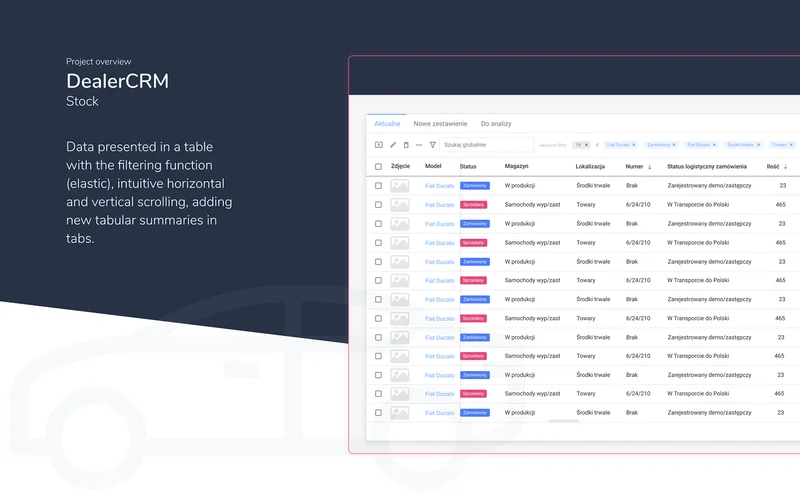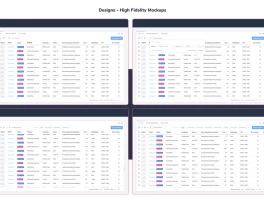Let’s get one thing straight. When a company like Salesforce plasters the headlines with a blockbuster "partnership" with OpenAI, you expect fireworks. You expect the stock chart to look like a rocket launch. What you got instead was a sad little sparkler that fizzled out before lunch, with the stock ending the day in the red.
This is the part where I’m supposed to tell you about synergies and strategic alignments. I’m supposed to quote Sam Altman’s PR-approved line about making work "more natural and connected." Give me a break. What the market told Salesforce, in no uncertain terms, was: "So what?"
The whole spectacle feels less like a strategic masterstroke and more like a panicked scramble to stay relevant. It's like watching your favorite washed-up rock band from the 90s suddenly release a dubstep track. You can practically hear the boardroom conversation: "AI is the hot new thing! We need some of that! Get me OpenAI on the phone! Get Anthropic! Get Stripe! Get anyone who has 'AI' in their bio!"
And so they did. They announced you can now query sales records in ChatGPT. Groundbreaking. They announced you can build AI agents on the Salesforce Platform. Fantastic. But here’s the million-dollar—or in Salesforce’s case, billion-dollar—question that no one seems to be asking: who is actually going to pay more for this? Is this a genuine, revenue-driving evolution of their product, or is it just a fancy new chrome trim on a car that’s having engine trouble? The market seems to have placed its bet.
A Circus of Distractions
Just when you think the corporate strategy couldn't get any more chaotic, CEO Marc Benioff steps into the ring. This is just a PR move. No, 'PR move' is too polite—it's a smoke-and-mirrors routine designed to distract from the real issues. One minute, he’s on a tear, telling the New York Times that the President should send the National Guard into San Francisco. The next, after a healthy dose of public backlash, he’s pledging $15 billion to make that same city the "World's AI Capital."

Which is it, Marc? Is the city a dystopian hellscape in need of military intervention, or is it the promised land for our new AI overlords? The whiplash is enough to make you sick. This isn't leadership; it's public-facing crisis management disguised as philanthropy. It’s a desperate attempt to change the channel from the company's sputtering growth engine.
And Wall Street, for once, isn't buying the hype. This was highlighted when Stifel Trims Salesforce (CRM) Price Target to $300, Maintains Buy Rating Ahead of Dreamforce. The analyst's note was a masterclass in polite corporate-speak for "we don't believe you." They said investors are waiting for "stronger revenue growth" and "clear signs of AI monetization." Translation: "All these shiny AI announcements are cute, but where's the money?"
The stock is currently hugging its 52-week low. Let that sink in. After announcing partnerships with the biggest names in the hottest sector in tech, the stock is in the gutter. That ain’t a good look. It tells you that investors see a company flailing, throwing spaghetti at the wall to see what sticks, while its CEO creates self-inflicted wounds in the press. Offcourse, the upcoming Dreamforce conference is being positioned as the big moment of clarity. The company gets to showcase its "Agentforce traction" and "real-life customer use-cases." But I’ve seen this movie before, and it usually ends with a lot of slick presentations and not a lot of substance.
Maybe I'm the crazy one here. Maybe integrating ChatGPT into a CRM is the most revolutionary idea since the spreadsheet. But my gut tells me this is all just noise. It’s a loud, expensive, and chaotic attempt to slap a fresh coat of AI-branded paint on a business that’s showing its age. They're trying to convince us they're building the future, but it looks a lot more like they're just trying to survive the present. They want us to look at all the shiny objects, the AI partnerships, the grand civic gestures... and honestly, I'm just not sure what to think anymore.


